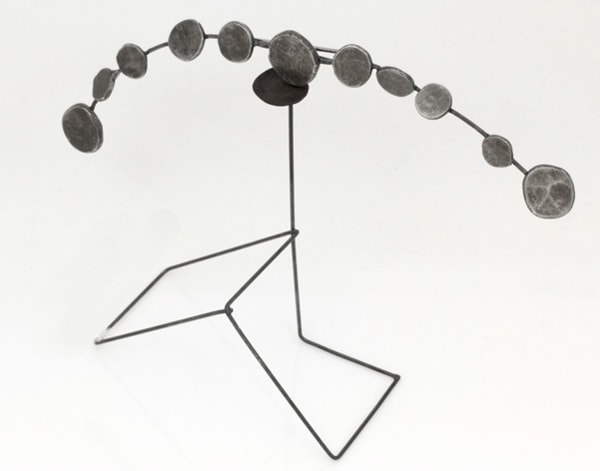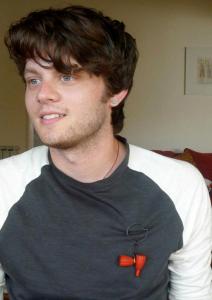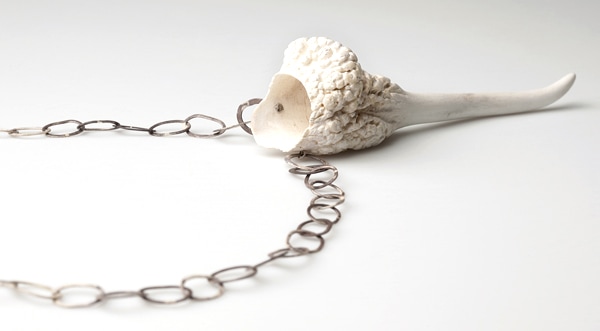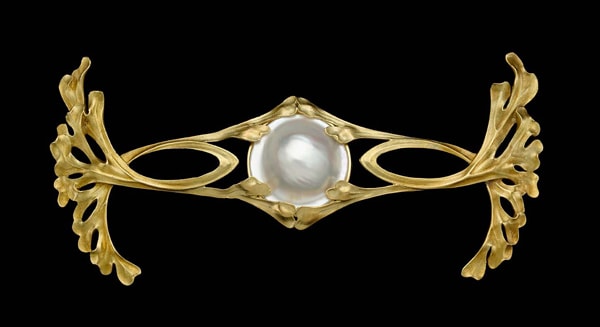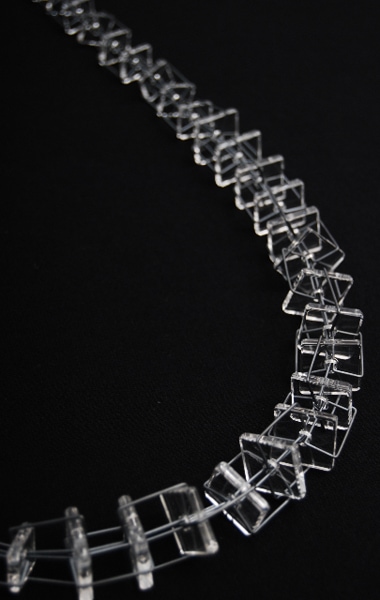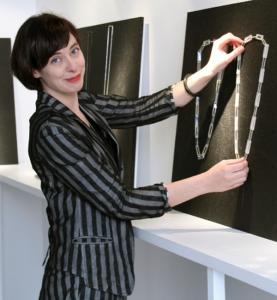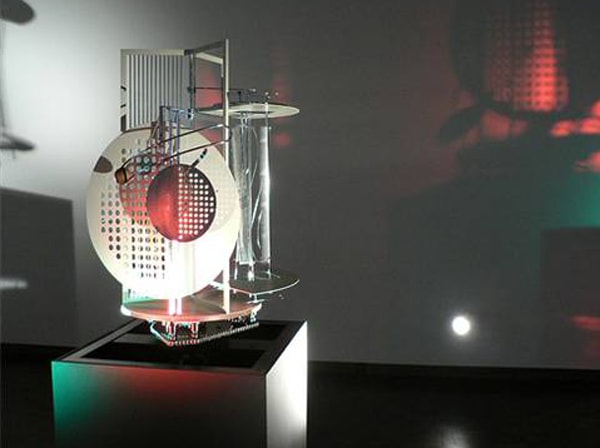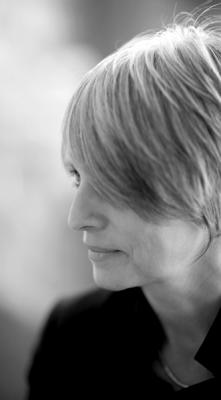 Galerie Pont en Plas is owned and run by Nicole Thienpont and last April the AJF blog featured an interview with Gesine Hackenberg, who was having a show with her at that time. This month, Malvine Marichal’s strange and wonderful work is in the gallery. There was a bit of a language barrier with this interview but I hope I have correctly translated their thoughts.
Galerie Pont en Plas is owned and run by Nicole Thienpont and last April the AJF blog featured an interview with Gesine Hackenberg, who was having a show with her at that time. This month, Malvine Marichal’s strange and wonderful work is in the gallery. There was a bit of a language barrier with this interview but I hope I have correctly translated their thoughts.
Susan Cummins: Nicole, what is your background and what led you to start a gallery?
Nicole Thienpont: My first degree was in chemistry at the University of Gent. In my language the degree is called ‘licentiate in chemistry.’ So for me the melting of metals and the experience in laboratories is very familiar. In 2002 I decided to start the gallery Pont & Plas in Gent, Belgium, with an emphasis on contemporary jewelry. My decision to begin the gallery was based on several things. In 1987 I graduated from the Academy of Art in Antwerp with a degree in art jewelry. In 2002 a dream space in Gent became free. It was just below my studio. I had been thinking that we urgently needed more places to exhibit the new jewelry young people were making. So it didn’t take too long to come to the conclusion that I should grab the space.
I understand from your website that you show many different art forms. How does jewelry fit in?
Nicole Thienpont: The emphasis lies on jewelry. There are about 30 people showing contemporary jewelry, national and international. Four times a year there is a special exhibition of glass, ceramics, paintings, drawings, photography and mixed media, designed to interact with the permanent presence of jewelry.
